Get in More Cardio

Your risk of developing hypertension increases as you get older or gain weight, but getting exercise can make a big difference. Cardio, also known as aerobic exercise, uses your large muscle groups to get your heart beating fast and tone your cardiovascular system. This makes cardio an excellent way to help treat hypertension. Using the stairs, swimming, and dancing are all great ways to sneak in cardio.
Don’t Forget Your Muscles

Cardio exercises are vital for heart health, but you can’t neglect your muscle tone, either. Weightlifting will raise your blood pressure for a short amount of time but can have long-term benefits for lowering your levels. Just make sure you practice proper form and breathe properly while weight lifting to avoid injury. Talk to your doctor for help developing an exercise program tailored to your needs and medical conditions.
Reduce Sodium Intake
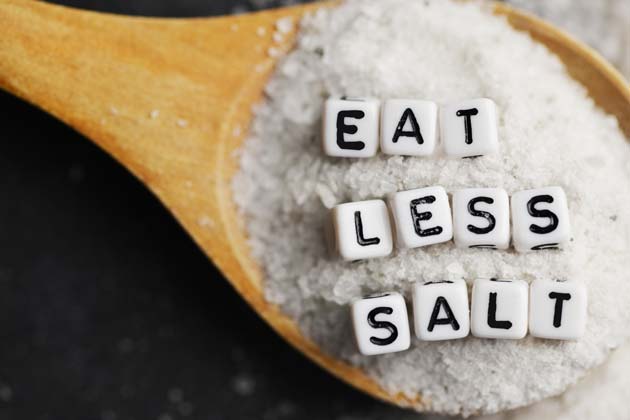
Consuming too much sodium is one of the leading causes of hypertension. With all the added salt in many of the foods we eat, it’s almost too easy to get more than your daily recommended dose of sodium. Reducing the amount of sodium in your diet, even by a little bit, has significant benefits for lowering your blood pressure.
Reduce Alcohol Intake

It is recommended to limit yourself to one or two alcoholic drinks per day. In fact, consuming a moderate amount of alcohol can even lower your blood pressure. However, any benefit is lost if you drink too much. Overindulging can significantly raise your blood pressure and even reduce the effectiveness of blood pressure medications, so treat your heart right and drink responsibly.
Potassium

Potassium is an essential mineral the body needs to function properly. It helps to lower blood pressure by counteracting the negative effects of salt. Potassium works with sodium to flush fluids out of your kidneys. By eating more fruits and vegetables high in potassium, like bananas, beans, and spinach, you set your body up for success. With enough potassium to get rid of the sodium and fluids in your body, you’re giving your body the tools to treat hypertension on its own.
Cut Caffeine
Compression Stockings
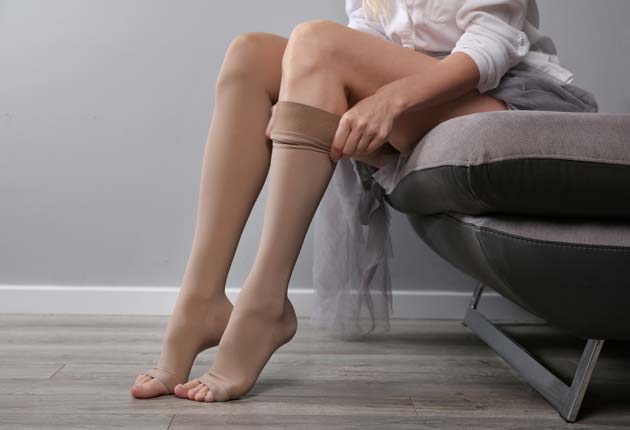
Low blood pressure can be hard to deal with because common solutions are things like eating meals that are higher in sodium. If you’re looking for an easy way to help combat your hypotension without eating more salt, try compression stockings. Compression stockings help reduce the amount of blood that gets caught in your lower legs and moves it around the body, improving your blood pressure symptoms.
Manage Stress

Chronic and occasional stress can contribute to high blood pressure, especially if you cope with stress by eating junk food, drinking alcohol, or smoking cigarettes. Consider how to reduce your everyday stress and find new coping mechanisms like focusing on priorities, issues you can control instead of ones you can’t, and make time for yourself to relax and do activities you enjoy.
Consider planning your day and
Lose Weight
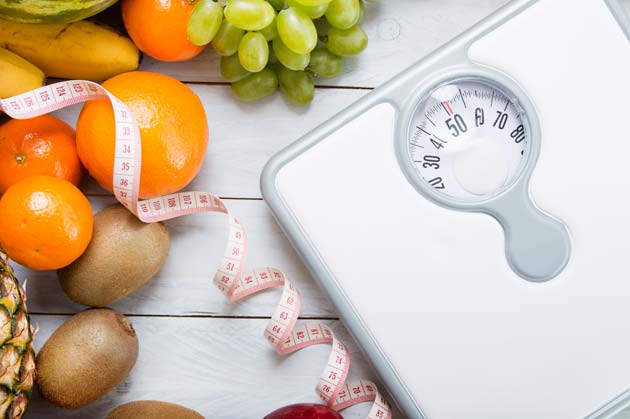
As your weight increases, so does your blood pressure. Losing even a small amount of weight can help reduce your blood pressure. Being overweight can also cause sleep apnea, which further raises your blood pressure. Other than monitoring your weight, you should also watch your waistline. If you’re carrying too much weight around your waist, it can put you at greater risk for high blood pressure.
Quit Smoking
Cut Back on Sugar

So many foods and drinks contain added sugar —even things like juice that are supposed to be healthy for you. Sugar has been linked to increased blood pressure, among other health problems. Cut back on things high in sugar like sodas, fruit juices, candy, and condiments to help improve your blood pressure levels.
Cut Back on Carbs
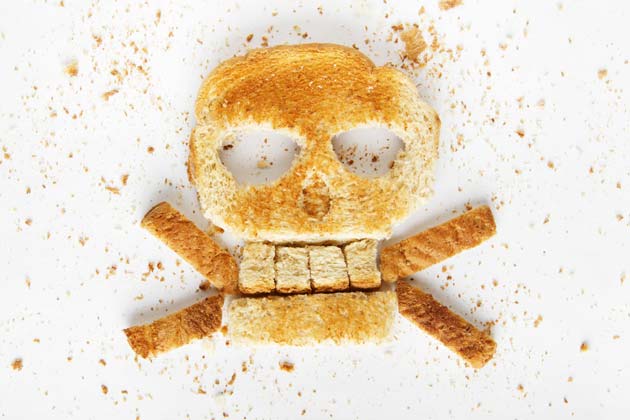
Carbs are necessary for a healthy diet, and foods like whole-grains can give you a wide variety of health benefits. However, carbs turn into sugar in your bloodstream and can cause your blood pressure to increase. Low-carb diets help reduce your blood pressure by decreasing the amount of sugar you might not even be aware you’re consuming!
Berries
Dark Chocolate
Calcium
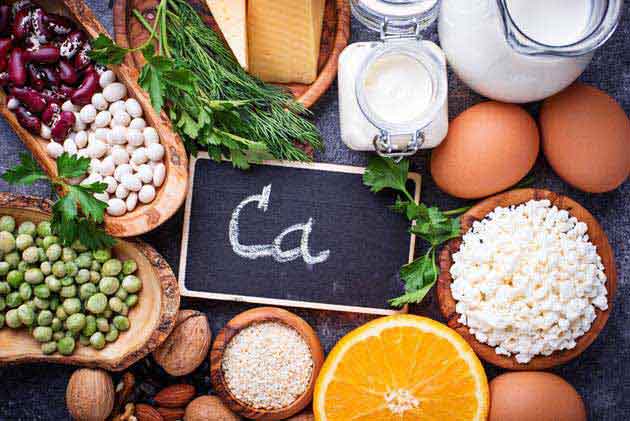
Calcium is good for more than strong bones; it's also essential for healthy blood pressure. Skim milk and yogurt are excellent sources of calcium and are low in fat. These are both important factors for lowering blood pressure. By consuming five or more servings of low-fat dairy, you can reduce your risk of developing hypertension.
Take Supplements
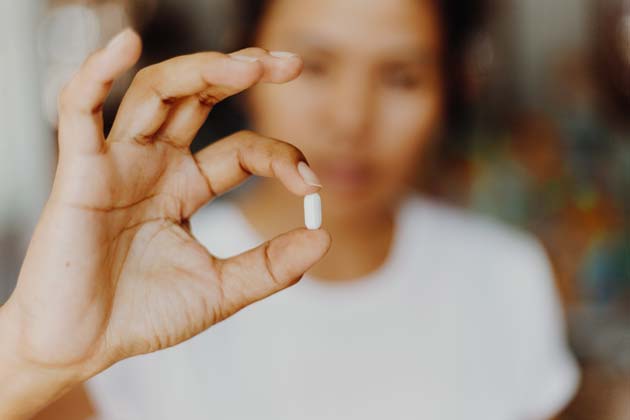
Taking supplements is a good way to get in all your vitamins and minerals needed to help your blood pressure symptoms. Berberine supplements increase nitric oxide production, whey protein improves blood vessel functions, and hibiscus is rich in polyphenols, which are good for your heart and lower blood pressure.
Magnesium
Beets
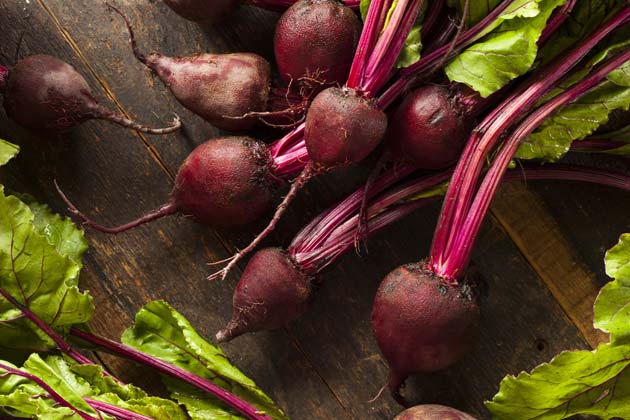
Changing your diet is a simple and essential part of controlling your blood pressure. Beets are high in nitric oxide, which opens your blood vessels and lowers your pressure. In addition to this, beets are a great way to get a quick fix, as the nitrates in beetroot juice can lower your blood pressure in as little as 24 hours.
Oatmeal
Fish
Low-Fat Diet

A low-fat diet is beneficial for those with heart disease and high blood pressure because it can lower your cholesterol and help with hypertension. It’s important to avoid the ‘bad fats’ like saturated and trans fats while getting enough of the ‘good fats’ like monounsaturated and polyunsaturated fats. Avocados, fish, and legumes are excellent sources of the ‘good fats’ that are necessary for a healthy diet.
Pomegranates
Cross Your Legs

Crossing your legs while sitting down has been shown to increase your blood pressure levels. If you have low blood pressure, this is a good solution until you can eat your next meal and get your blood pressure levels back up. If you have high blood pressure, make sure to uncross your legs as this could cause health problems relating to hypertension.
Monitor Your Blood Pressure

Keeping track of your blood pressure is a critical part of managing it. If you have hypertension, hypotension, or erratic blood pressure, invest in a cuff and write down your levels throughout the day. There are even handy mobile apps, which help you keep track of your information. If anything changes, your health does not improve, or you feel your lifestyle changes are not working, talk to your doctor about other treatment options.
Medication

Making small but significant changes to your diet, like reducing your sodium intake and cutting sugar, can be the change you need to get your blood pressure under control. However, your condition might require medication to help keep it under control. If changing your lifestyle is not enough or not feasible for you, your doctor can talk to you about medications that can help.







